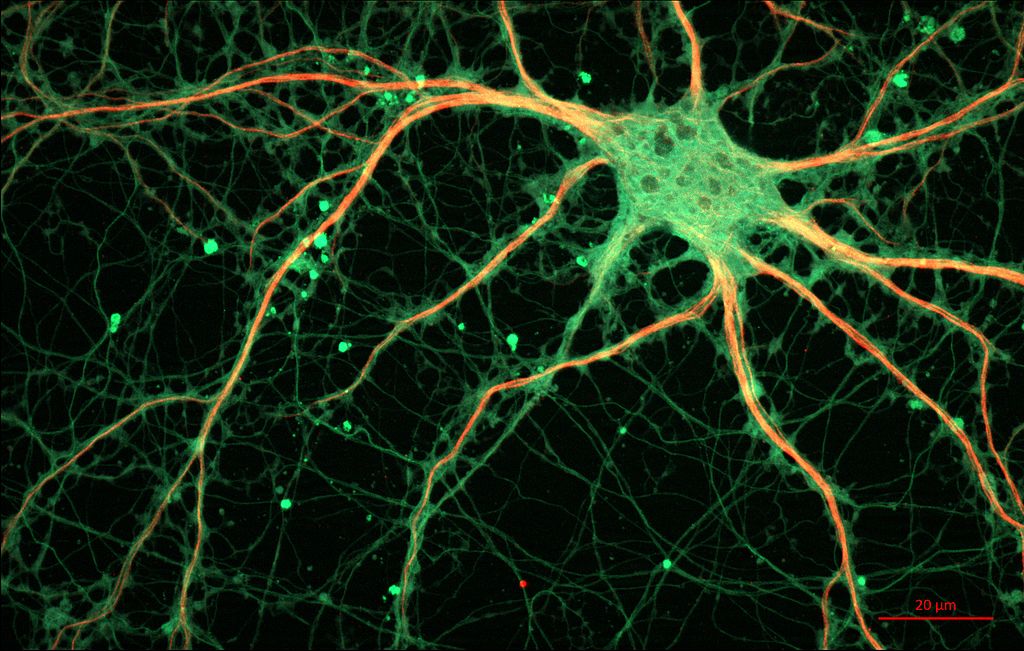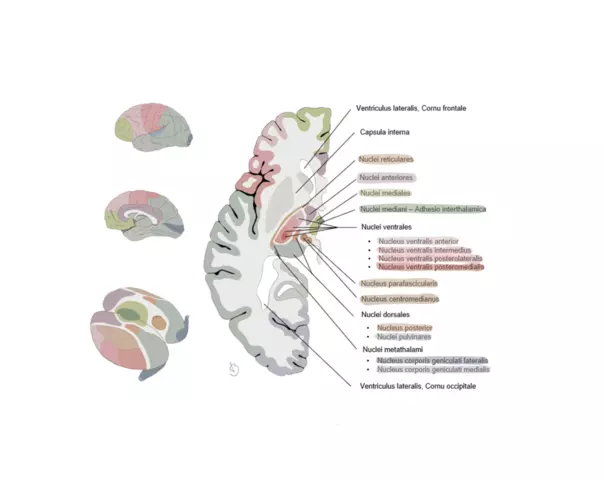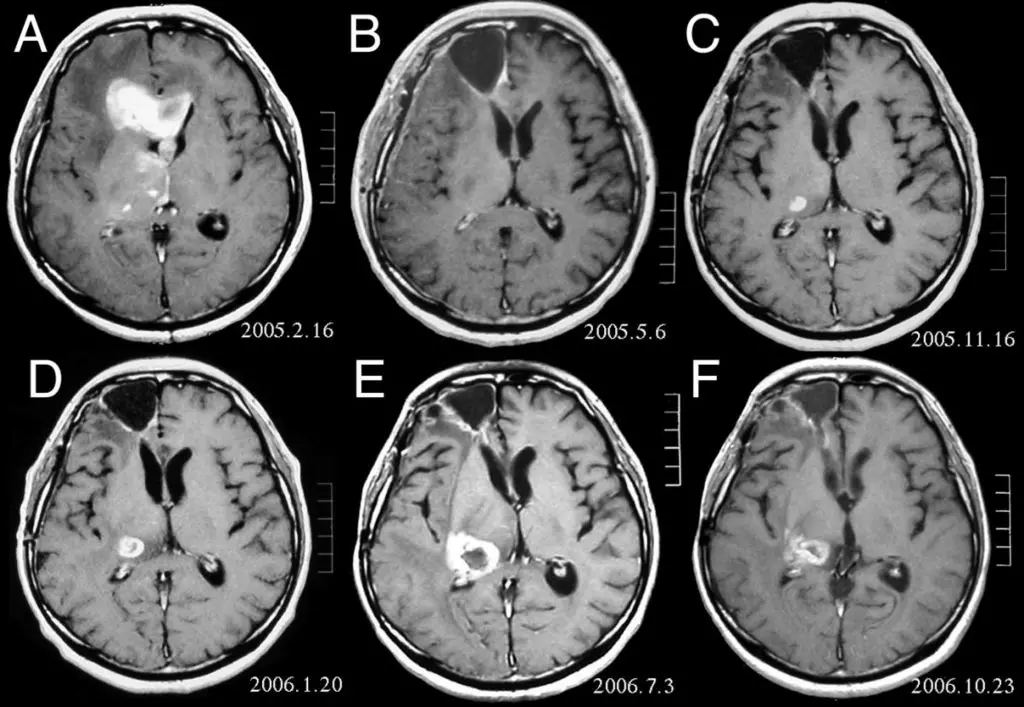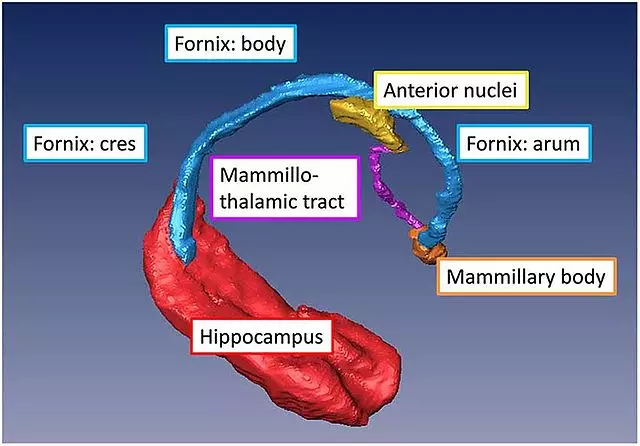Comments
- No comments found

The thalamus is an egg-shaped structure in the middle of the brain, for relay of sensory and motor functions.
The hippocampus is a brain structure in the temporal lobe, associated with memory formation and storage.

The thalamus is thought. The hippocampus is memory. The thalamus and hippocampus have a functional connectivity, just like thoughts and the memory array. The thalamus is where all senses first get to, integrating or converging, or building uniformity, before they go to where they are known, or the memory.
The brain does take and know for interactions {or thought and know}. Thought and know is beyond sense and know, because senses have to be integrated or unified before they can be relayed to be known.
The thalamus does a high volume of conduction, feeding in and feeding back, towards knowing, feeling and reaction, then to feed in again, to know that what was intended had been done.
Thought or an integrated unit, or a uniform unit, or a converged unit, or a unified unit, or a similarity unit, or the relaying unit, or the activation unit, or the transported unit, or the memory compatible unit, is what goes to the memory.

Integration is such that all internal and external senses can be in the same unit for acceptance into what the memory can process. Integration is for a qualifying round, into the memory.
If senses are not integrated, or miss out, they do not become what the memory can use. This is different from those that are integrated, but become passive, rather than active thoughts. Passive thoughts are environmental awareness, not at the fore of attention, like the floor, window, ambient sound and so on, but not active and not chiefly responsible for what is felt.
Thought, from the sense of smell are integrated at the olfactory bulb. There are other kinds of integrations in other parts of the brain. But integration anywhere is into a uniform unit, or constructed unit, or a build, for what the memory can use.
The memory has stores for everything. The stores are so small they only contain enough unique information on that thing, while major determinations are made across groups, where similarities are collected.

Activities and interactions are stores transporting to several groups, based on direction. There is often a sequence.
Thoughts are the basis of external relations with the world, providing an equivalent of everything that is used. They lead for answers to questions in consciousness neurobiology.
Leave your comments
Post comment as a guest